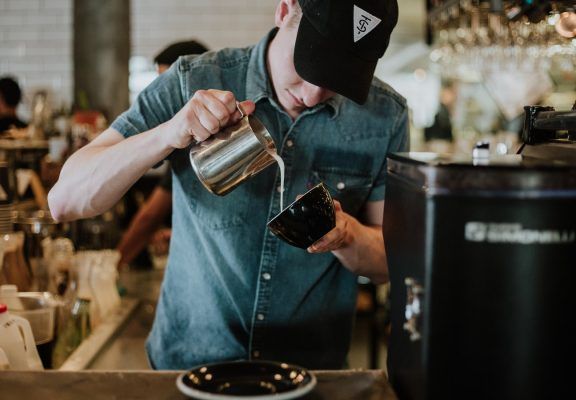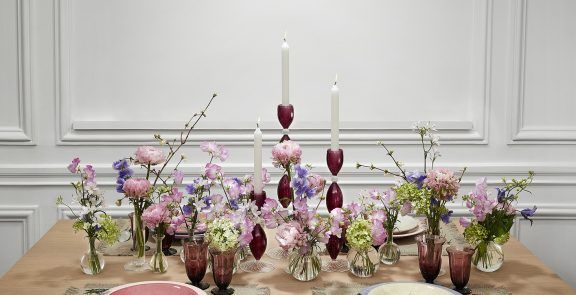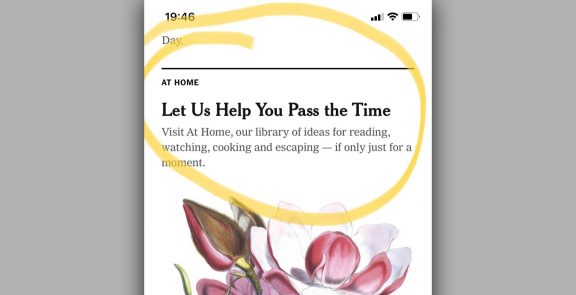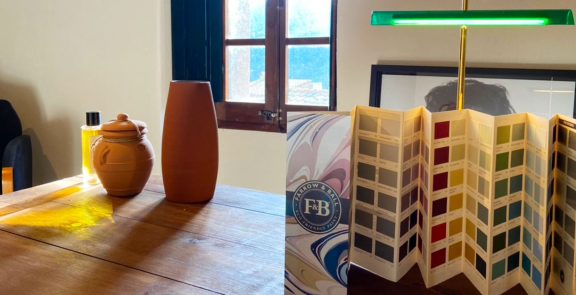

Do you know what kind of coffee you want?
IN A NUTSHELL:
Changes in the world of coffee provide interesting lessons for the development of brands that aim to create value.
THE GREAT STRATEGIC TAKEOUT:
The movement towards “premiumisation” of coffee has allowed some brands to transcend the product, generating a framework of spaces, services and experiences that raise the value proposition beyond the liquid itself.
Why should I read this?
Because some more advanced audiences seek to establish quality relationships with brands that can meet the new demands of the contemporary consumer.
What are we talking about?
The origins of coffee are uncertain, although we know that humans have been consuming it for centuries. It is not surprising, therefore, that this drink has become part of our usual consumption patterns. This has served as a starting point for the birth of coffee brands that have sought to turn around our way of relating to the world of coffee.
Coffee experts point to different stages of development in the category. At first, as a “commoditised” commoditised good within an atomised and highly competitive market, it was a sales-oriented product, with an essentially functional approach. However, during the 1990s, the appearance of chains and franchises with a “lifestyle” approach to coffee (such as Starbucks), together with the appearance of coffee-makers for the home (such as Nespresso), led to considerable disruption in the sector. This was the “second wave of coffee,” in which trends such as the personalisation and customisation of drinks (with toppings and other extras) emerged.
It was not long before there was a reaction to this trend. This “banalisation”, as some considered it, was addressed by a third wave of brands, in this case smaller, artisanal producer, who tried to emphasise authenticity and enhance the consumer experience, focusing on the process of production, the quality of ingredients and the importance of social and environmental sustainability. Later, in the 2010s, this trend led to a fourth wave, characterised by hypersophistication and speciality coffee: certified quality coffee based on objective criteria agreed by the SCA. These were niche proposals aimed at a specialised, somewhat “nerdy” public, with a very scientific approach to coffee.
Now, with the arrival of the fifth wave of coffee, we are facing a turning point that brings together everything learned so far and provides a new approach to the business. We thus find “small brands,” such as Blue Bottle, which have been taken over by large groups, such as Nestlé. These brands make speciality coffee, but do not renounce the “lifestyle” approach. Nor are they limited to the product: they create spaces where coffee can be lived and experienced beyond the product itself (such as the consumer experience at Blue Bottle’s cafes or Starbucks Reserve). They also create additional services and new brand-customer relationships through a new focus on the channel and the development of DTC models, allowing them to diversify the business and respond to different purchasing motivations (such as contemporary convenience shopping).
WHY YOU SHOULD BE INTERESTED:
Because the movement towards “premiumisation” and added value does not only mean “making more expensive products”.
What tension does it resolve?
As a “commoditised” category, it is aimed at an interested/specialised consumer, who seeks a deeper knowledge of the product and is not satisfied with a superficial experience.
From a strategic perspective:
We need to understand, from the brand and the business, what credentials we have to generate a value proposition that goes beyond the product itself.
Who might be interested?
“Commoditised” product brands with an “expert” consumer base who demand a deeper understanding of their experience with brands such as dairy, fashion, beer or soft drinks.
Where do I implement it?
In defining the value proposal, in the RTM, in creating your own services and experiences, etc.
How do I implement it?
In a way that is consistent with the brand’s value proposition and with an awareness of our audiences and consumers.
How innovative is it?
Very innovative, insofar as some proposals are category disruptors that challenge the entire market.
Key concepts:
Premium, value, experiences, services.
I WANT IT FOR MY COMPANY/BRAND. WHAT DO I NEED TO KNOW?
Who is using it already?
Many “commoditised” goods sectors, such as coffee, fashion and beer.
Things to keep in mind:
Market maturity, the consumer, brand credentials, among others.
How do I get a clearer idea?
- By analysing portfolios of the same category of product marketed by large companies (Starbucks, Bonka, Nespresso, and Blue Bottle within Nestlé)
- By analysing the differences between beer brands in mature markets, such as the US, compared to less developed markets, such as Portugal.
How do I share it with my network?
“Let’s look at the business environment to see whether our brand is ready to take the next step in adding value.”




